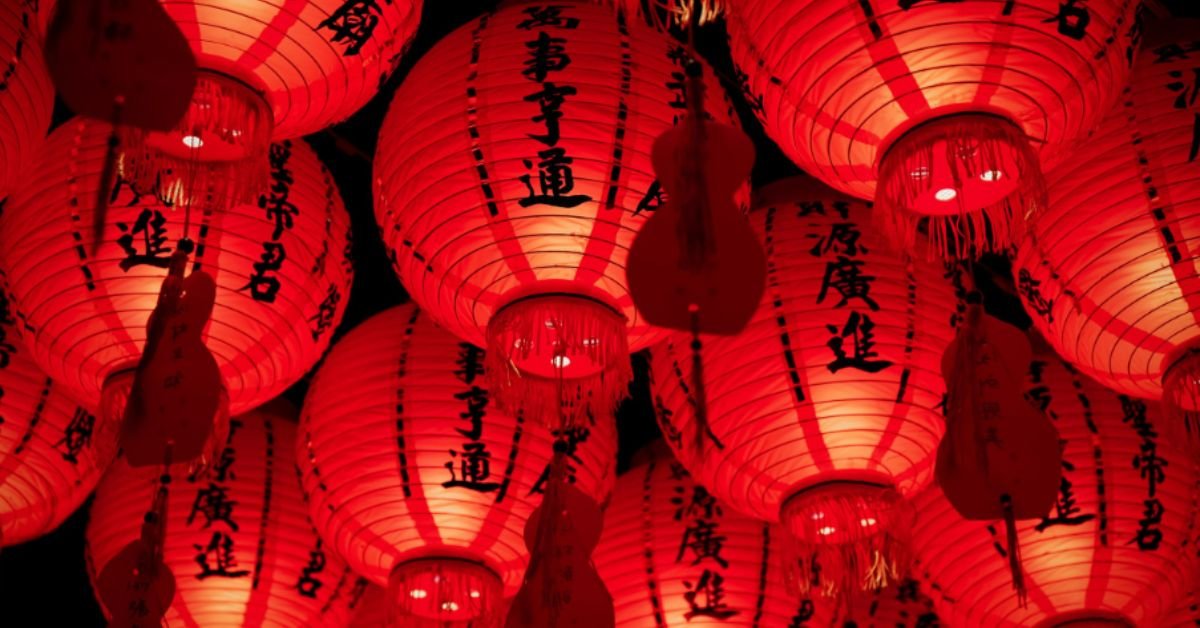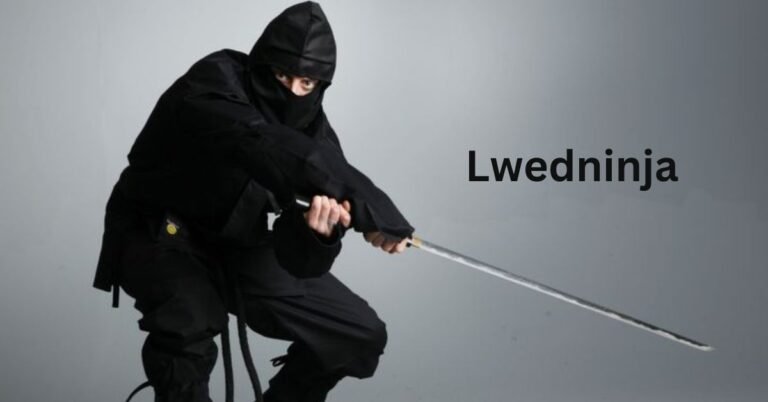Ciulioneros: History, Customs, and Modern Impact
Introduction: Who Are the Ciulioneros?
The Ciulioneros represent more than just a community or tradition—they embody a unique cultural heritage passed down through generations. Rich in history and deeply rooted in customs, the Ciulioneros have maintained a distinct identity while adapting to the modern world.
In this article, we’ll explore the origins, customs, and lasting influence of the Ciulioneros on contemporary society.
As we delve into their history and customs, we’ll also examine how this cultural group continues to impact modern life, influencing everything from festivals to artistic expression.
History of the Ciulioneros: Ancient Roots
The Ciulioneros’ origins date back centuries, and their identity is intertwined with myth and historical events. Understanding their history requires examining the geographic, cultural, and social contexts that shaped their development.
Early Beginnings
The exact origin of the Ciulioneros is steeped in mystery, often linked to ancient tribes or groups that settled in a specific region. These early communities formed their traditions based on agricultural cycles, nature, and a reverence for their ancestors. Over time, these rituals evolved into the customs that define the Ciulioneros today.
Influence of Surrounding Cultures
As with many historical groups, the Ciulioneros were influenced by neighboring cultures and civilizations. Trade, migration, and conflicts brought new ideas and customs that the Ciulioneros adapted into their practices. This blending of influences helped shape the group’s distinct identity while keeping its core traditions intact.
Mythological and Spiritual Beliefs
Central to the Ciulioneros’ identity are their mythological and spiritual beliefs. These stories often revolve around gods, nature spirits, and heroic ancestors. Rituals honoring these figures were held daily in their early days and are part of modern Ciulioneros festivals and ceremonies.
Customs and Traditions of the Ciulioneros
The Ciulioneros’ customs make them unique, and many of their traditional practices have survived into the present day, either in their original form or adapted to modern contexts.
Festivals and Celebrations
One of the most visible aspects of Ciulioneros culture is their elaborate festivals. These celebrations, often tied to the agricultural calendar or religious beliefs, are marked by colorful costumes, music, dance, and food. These events serve not only as a way to honor the past but also to strengthen community bonds.
Key Festivals
- Harvest Festival: This celebration marks the end of the farming season, with offerings to ensure a bountiful harvest in the coming year.
- Ancestral Day: A time to honor the dead, with rituals that include feasting, dancing, and the telling of stories about past generations.
Traditional Music and Dance
Music and dance are integral parts of Ciulioneros culture. Drums, flutes, and stringed instruments are commonly used in their performances.
The dances are often symbolic, telling stories of creation, nature, or significant historical events. These art forms have been passed down orally and visually, ensuring their preservation over time.
Traditional Clothing
Ciulioneros are known for their distinctive clothing, often featuring intricate embroidery and bright colors. Each design carries symbolic meaning, representing a particular region, a spiritual belief, or a historical event.
Traditional garments are usually worn during festivals and other important communal gatherings.
Modern Impact of Ciulioneros Culture
Though their roots are ancient, the Ciulioneros remain relevant in today’s globalized world. Their traditions have evolved while maintaining a core identity, and their cultural impact is felt in various sectors of modern life.
Influence on Modern Art and Fashion
Many contemporary artists and designers have drawn inspiration from Ciulioneros traditions, incorporating elements of their art, symbols, and clothing into modern fashion and visual arts.
From textile patterns to the use of bright, symbolic colors, the influence of Ciulioneros culture is evident in modern-day creations.
Festivals and Tourism
Ciulioneros festivals have gained attention far beyond their original community, attracting tourists and cultural enthusiasts worldwide. These events benefit the region economically and help preserve and showcase the Ciulioneros’ rich heritage.
Social and Political Influence
The Ciulioneros have also become more involved in social and political movements, particularly those focused on preserving indigenous cultures and languages.
Many leaders from Ciulioneros communities advocate for cultural preservation, environmental protection, and the rights of marginalized groups.
Challenges Facing Ciulioneros Culture
Like many ancient traditions, the Ciulioneros face several challenges in the modern world. Despite their efforts to preserve their culture, they are not immune to the pressures of globalization, modernization, and cultural assimilation.
Cultural Erosion
As younger generations migrate to urban areas or adopt modern lifestyles, traditional Ciulioneros customs may be lost. This cultural erosion poses a significant challenge to preserving their heritage.
Balancing Tradition and Modernity
While the Ciulioneros have successfully integrated some aspects of modern life into their traditions, there is an ongoing debate within the community about how much modern influence is too much. Some purists argue for strict adherence to ancient practices, while others embrace modernization to keep the culture alive in a changing world.
FAQs About Ciulioneros
What does “Ciulioneros” mean?
“Ciulioneros” refers to a specific cultural group known for its rich traditions, festivals, and customs. The exact meaning can vary but is often tied to their geographic origins and heritage.
Are Ciulioneros traditions still practiced today?
Many Ciulioneros customs are still practiced today, especially during festivals and community events. While some traditions have evolved, the core aspects of their culture remain intact.
What are the most critical Ciulioneros festivals?
Key festivals include the Harvest Festival and Ancestral Day, deeply rooted in their agricultural and spiritual practices. These festivals serve as opportunities to honor the past and celebrate community.
How has modern life affected Ciulioneros culture?
Modern life has both positive and negative effects on Ciulioneros culture. While globalization and tourism have helped spread awareness of their traditions, there is also the risk of cultural erosion as younger generations move away from traditional lifestyles.
How can people learn more about Ciulioneros culture?
To learn more about Ciulioneros, one can attend festivals, visit cultural museums dedicated to their heritage, read literature, and research their traditions and history.
How does Ciulioneros culture influence modern art and fashion?
Ciulioneros’ symbolic colors, intricate patterns, and traditional clothing designs have influenced contemporary and visual art. Many designers incorporate these elements into their collections, making the culture a source of inspiration for creative industries.
Conclusion: The Enduring Legacy of Ciulioneros
The Ciulioneros have managed to preserve their rich heritage while adapting to the challenges of modern life. Their history, customs, and festivals are relics of the past and living traditions that continue to influence art, fashion, and social movements.
As they navigate the complexities of the modern world, the Ciulioneros’ commitment to cultural preservation ensures their legacy will endure for generations.
As their influence grows, the world will continue to appreciate the unique contributions of this remarkable cultural group, whether through vibrant festivals, captivating art, or the resilience of their community.
Latest post!
- Sco Elcykel Styrebox Explained: Key Features and Benefits
- Tiathabrat: Redefining Streetwear with a Unique Edge
- Michael Schropp MPI: Leading the Evolution of Parallel Processing
- FairwayNomad: Elevate Your Golf Travel Game with This Unique Experience
- Kerîg: What You Need to Know
- Caden Crain: The Entrepreneur Redefining Modern Success












